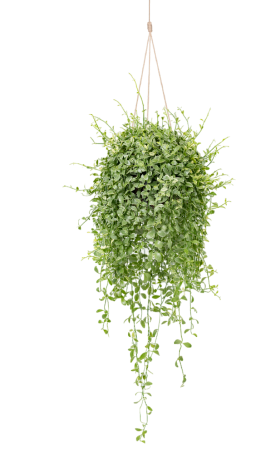Saharan dust is here…What’s in it?

When the meteorologist says that a dust plume from Africa is headed our way, it might seem apocalyptic, but this actually happens almost every year, several times a year! According to Copernicus.org, “Saharan Dust transport towards the Caribbean following trade winds is more likely to happen during spring, summer and early fall, when the Saharan Air Layer forms crossing the Atlantic with very dry, dusty air masses. Early spring is the most active period for Saharan dust transport into Europe.”
Saharan dust is different from the stuff that normally accumulates on your bookshelf (giving you the bad first):
-
The dust in the Sahara plume is made up mostly of tiny bits of minerals that used to be rock. Typically, as a plume passes the Spanish Canary Islands, which sit a few hundred miles downwind of the desert sources, most of the dust that’s falling out is smaller than 20 microns in diameter, half as big as a particle that can be seen by the naked human eye. By the time a plume makes it across the ocean to the Caribbean, the falling dust is even finer—less than 10 microns across—and many of the remaining bits are even smaller. (Saharan dust is bad for health. But it’s also crucial to Earth’s biology and climate) Sadly, in certain parts of West Africa, if the dust thickens the air by about 25 percent—an extra 10 micrograms of dust in each cubic meter of air—the likelihood of infant survival dropped by 18 percent.
-
The dust contains pathogens. We’ve written that although there are great benefits to living in a dry climate, dust is a major drawback, one of its detractors being the bacteria and microbes that hitch a ride on the particles.
-
The dust contains nutrients and minerals, including iron, necessary for photosynthesis and other cellular functions. The growth of phytoplankton, microscopic plants at the base of the ocean food chain, is restricted by iron availability. When Saharan dust is blown into the ocean, phytoplankton use the iron and nutrients from the dust and begin to grow and reproduce. Large quantities of dust can stimulate phytoplankton blooms. (Saharan Dust and its Impacts) According to a 2014 study, more than 70 percent of the iron available to these ocean phytoplankton in the Atlantic comes from Saharan dust.
Of course we don’t need another dust source in our homes, but it’s here, and it comes in through little cracks and crevices in our homes’ envelopes. It might even degrade the air quality inside, as detected by monitors and purifiers as high PM (particulate matter) readings. If you live in an area like Florida that is predicted to be impacted by this dust, it’s wise to get ready. Those with compromised respiratory systems, allergies, and the very young and old, are the most impacted. You should prepare similarly to wildfire smoke events:
-
Know how to shut off any fresh air intake used by your air handler to bring outside air in, or if the intake is filtered, have sufficient replacement filters available.
-
Purchase the highest-MERV filters you can for your air handler (up to MERV 13 is sufficient). It takes some investigation, however, to make sure these high-filtration filters are not putting too much strain on your unit. Check out our article or contact us with the size of your return filter(s) and the model of your air handler, to get a good recommendation.
-
Check out our article about running your central AC like an air purifier. If yours does not sense PM, you can run it constantly in times of high indoor PM as sensed by other units.
-
Consider getting a dedicated HEPA air filter for each occupied bedroom to help with respiratory issues at night; there are many good ones on the market but we like the Medify brand for its value and efficiency. Alternatively, purchase just one for the main area of the home or consider making a DIY air filter purifier. This video from Dean Corsi uses (4) 2" 20x20 Merv 13 filters, a box fan, and some tape. Here are some 1" filters, here are some 2" filters, and you can also use our Activated Carbon Media on any fans or in addition to filters, to remove smoke odors and VOCs. Alternatively here are some 4" filters ( for a slim design, just tape it on the back of the fan instead of making a box, this is actually the most economical for filters because you get 1 change out of them).
-
Keep masks on hand that are well-fitted to you and your family members, in case you have to go outdoors or travel in poor air quality.
Saharan dust is a phenomenon that visits a few times a year and enhances our sunrises and sunsets, amplifying the colors…but it’s not a romantic Casablanca movie set. If you have children or elderly living in your home, take these forecasts seriously, especially as they may coincide with extreme heat.






